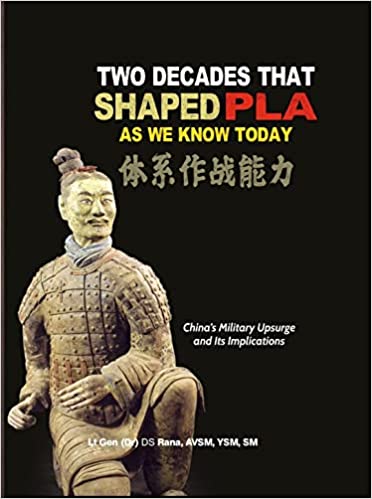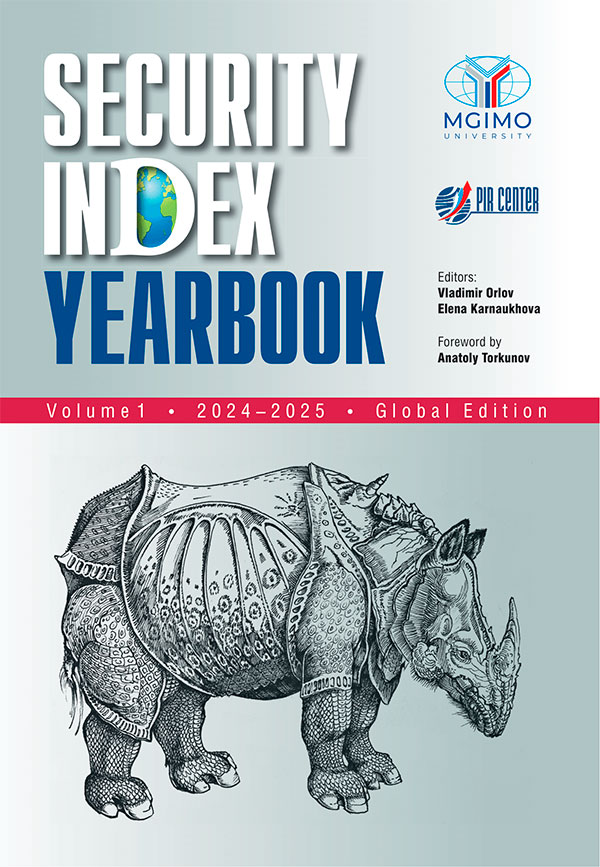The Eurasian Heartland of the 21
st
century is actually what Mackinder saw as the “inner crescent.” Primarily China and India, in relation to which the rest of the Eurasian massif – Russia, Central Asia, Southeast Asia, the Middle East and even the ...
... process on the “revealed preference” of the respective countries that is based on regionalism may generate more stable and objective outcomes.
With the pan-continental integration addressed in various degrees in almost all of the world’s continents, Eurasia today stands as the “last/final frontier” where such integration of continental magnitude is yet to be fully addressed. This is in spite of the fact that it was precisely in Eurasia that the first pan-continental theories of economic integration ...
RIAC and DGAP held a roundtable "Connecting Eurasia: EU — Russia — China — Central Asia Strategic dialogue on connectivity". Maria Smekalova discussed the meaning of connectivity and the ongoing projects with Fabienne Bossuyt and Feng Shaolei
On December 4, 2018, in cooperation with ...
Working Paper 43/2018
The working paper presents a detailed discussion of Russia and Japan's approaches to multilateral cooperation in Eurasia, and includes an analysis of the possibility of Japan’s involvement in the Eurasian initiatives. In the conclusion a list of practical proposals to facilitate Russian-Japanese cooperation in Eurasia is presented. The paper is based on the analysis ...
... leading Chinese and foreign experts on international affairs.
Andrey Kortunov, RIAC Director General, traditionally represented Russia at the event. In 2018 the topic of the «North Pavilion Dialogue» was defined as «2018: Geostrategic Competition in Eurasia and China-the US Relations».
For Russia, disregarding the actions and agendas of Sinosure would be to cede legitimacy and economic gravity to China’s economic development agenda in the Eurasian heartland
Much speculation has focused on the Asian Infrastructure Investment Bank (AIIB) as a threat to the multilateral development bank order, but it is actually the multilateral bank order itself that threatens its own existence. The AIIB ...
What Kind of Eurasia will Enter the 22nd Century
To say that the next couple of decades promise to usher in a multitude of changes to the international political scene is to say nothing at all. Changes on the international level are constant and never-ending; sometimes ...
... Academy of Sciences, the Russian International Affairs Council, the SEREP Research Institute, the National Institute for Strategic Studies of the Kyrgyz Republic . The topic of the meeting of intellectuals was "The experience of living together in Eurasia." The event touched upon a wide range of issues: the features of the common historical and cultural heritage of the peoples of Eurasia, the current problems of radicalism and extremism, and the trends of migration in the region.
On April ...
... EAEU and Singapore, these Southeast Asian states have been showing more and more interest in EAEU economies.
Regarding outward FDI originating from the EAEU all countries of the Union without exception continue to boost their outward investments in Eurasia beyond the CIS. In 2016, that indicator went up by 4% ($3.6 billion) to $93 billion. In 2008–2016, total FDI stock by EAEU countries in Eurasia has grown by a factor of 2.5. European countries remain the main destination for outward direct capital ...
... relationship to further heights. China is leading the Shanghai Club and Pakistan’s inclusion in this club is the remarkable addition to Pak-China relations.There hasn’t been any substantial economic activity or joint venture between Pakistan and Eurasian countries. This membership may provide an opportunity for Pakistan to enhance the trade volume and to launch the economic projects with Eurasian countries.This success is also being considered as economic achievement because through this membership,...



